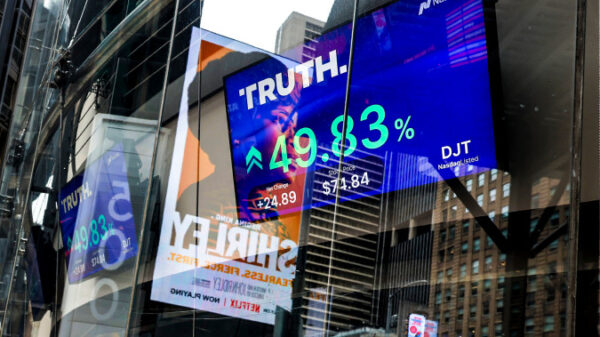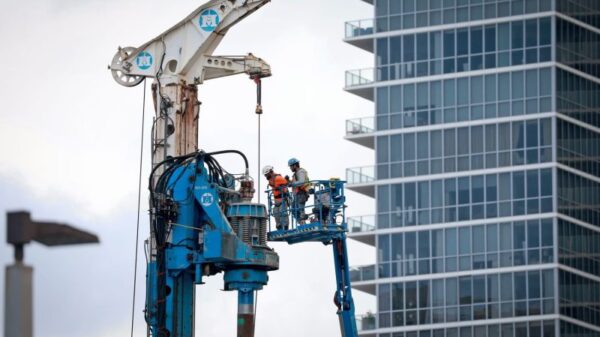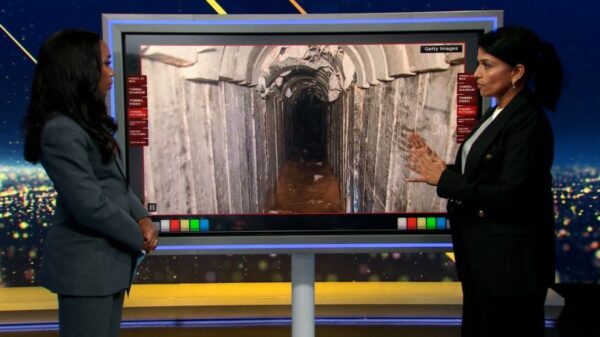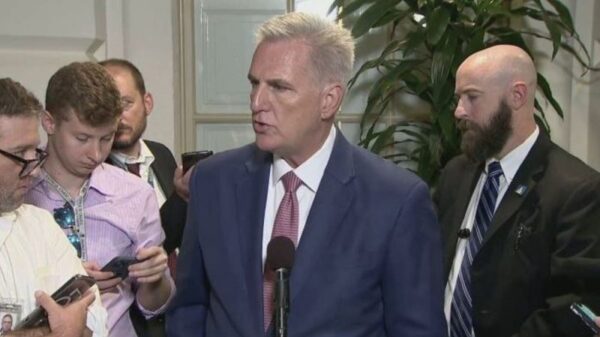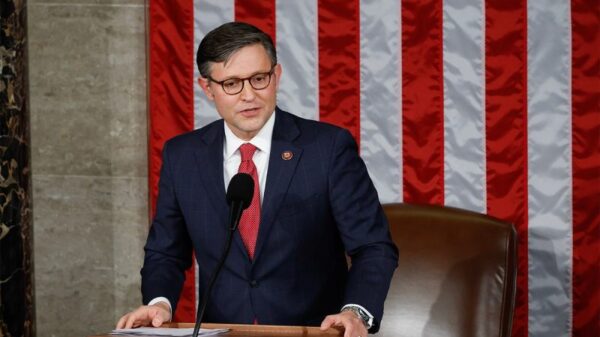Revitalizing Urban Landscapes: Unraveling the Impact of Zoning and Proposing Solutions for a Sustainable Future
Introduction:
Urbanization has transformed the face of our cities, shaping the way we live, work, and interact. However, the process of urban development has not been without its flaws. One of the key factors contributing to the fragmentation and inefficiency of our urban spaces is zoning. In his thought-provoking book, Arbitrary Lines: How Zoning Broke the American City and How to Fix it, M. Nolan Gray sheds light on the detrimental effects of zoning and offers insightful solutions to revitalize our urban landscapes. This article delves into the key takeaways from Gray’s work and explores additional strategies to create more sustainable and inclusive cities.
Understanding the Impact of Zoning:
Zoning, initially introduced as a means to regulate land use and promote public welfare, has inadvertently led to the segregation of communities, stifled economic growth, and hindered the creation of vibrant urban environments. Gray’s analysis highlights how zoning has perpetuated social and economic disparities, resulting in the isolation of low-income neighborhoods and the exclusion of diverse populations from thriving urban centers. By rigidly separating residential, commercial, and industrial areas, zoning has limited the potential for mixed-use developments, walkability, and the creation of vibrant public spaces.
Proposed Solutions for a Sustainable Future:
Gray’s book not only identifies the problems associated with zoning but also offers practical solutions to rectify the situation. One of the key recommendations is to embrace form-based zoning, which focuses on the physical characteristics and design of buildings rather than their specific use. This approach allows for greater flexibility and encourages the integration of different land uses within the same area, fostering vibrant and diverse neighborhoods.
Furthermore, Gray emphasizes the importance of reducing parking requirements, which often lead to excessive land consumption and hinder the development of affordable housing. By adopting innovative transportation solutions, such as improved public transit and promoting walkability and cycling infrastructure, cities can reduce the reliance on private vehicles and create more sustainable urban environments.
Beyond Gray’s Insights: Additional Strategies for Urban Revitalization:
While Gray’s book provides valuable insights, it is essential to explore additional strategies to address the challenges posed by zoning and revitalize our cities. One such approach is the implementation of inclusionary zoning policies, which require developers to include a certain percentage of affordable housing units in their projects. This ensures that housing remains accessible to a diverse range of income groups, promoting social equity and preventing the displacement of vulnerable communities.
Moreover, fostering community engagement and participatory planning processes can empower residents to have a say in shaping their neighborhoods. By involving local stakeholders in decision-making processes, cities can ensure that zoning regulations align with the needs and aspirations of the community, leading to more inclusive and sustainable urban development.
Conclusion:
The impact of zoning on our cities cannot be underestimated. M. Nolan Gray’s book, Arbitrary Lines: How Zoning Broke the American City and How to Fix it, serves as a wake-up call, urging us to rethink our approach to urban planning. By embracing form-based zoning, reducing parking requirements, and implementing inclusive policies, we can create more vibrant, sustainable, and equitable cities. However, it is crucial to go beyond these recommendations and explore additional strategies that prioritize community engagement and participatory planning. Only through collective efforts can we unravel the detrimental effects of zoning and pave the way for a brighter urban future.

